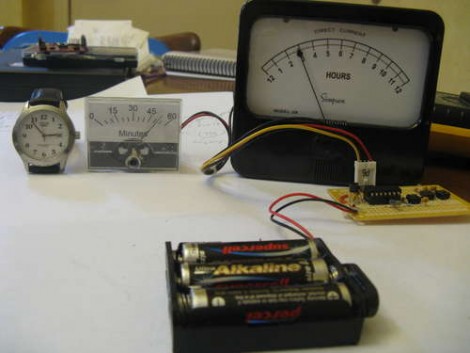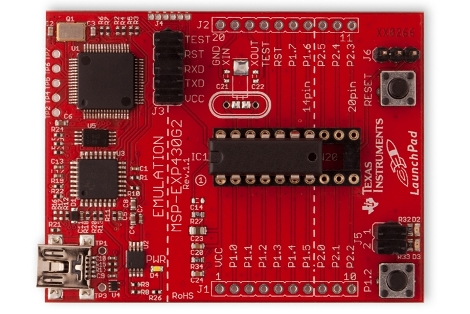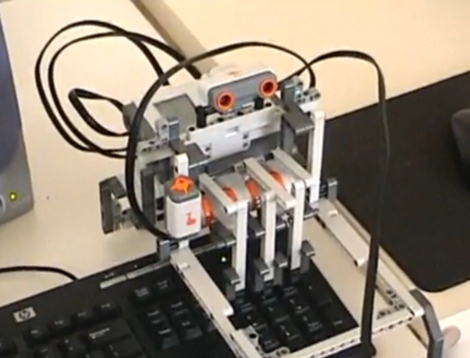
Here’s an analog meter clock using an MSP430G2211 microcontroller. [Doug Paradis] chose this processor because it is the lesser of the two that come with the TI Launchpad. The parts count is fairly low too; a clock crystal, two analog meters, a few buttons, and a voltage regulator.
He’s done a nice job putting this together. We challenge you to give this a try yourself and build on [Doug’s] features. We really liked the calibration subroutine in [Alan’s] multi meter clock. It would be fun to implement that functionality and store the calibration code in the MSP’s flash memory. You can use our ported garage door opener code if you need an example of how to store data in flash.















